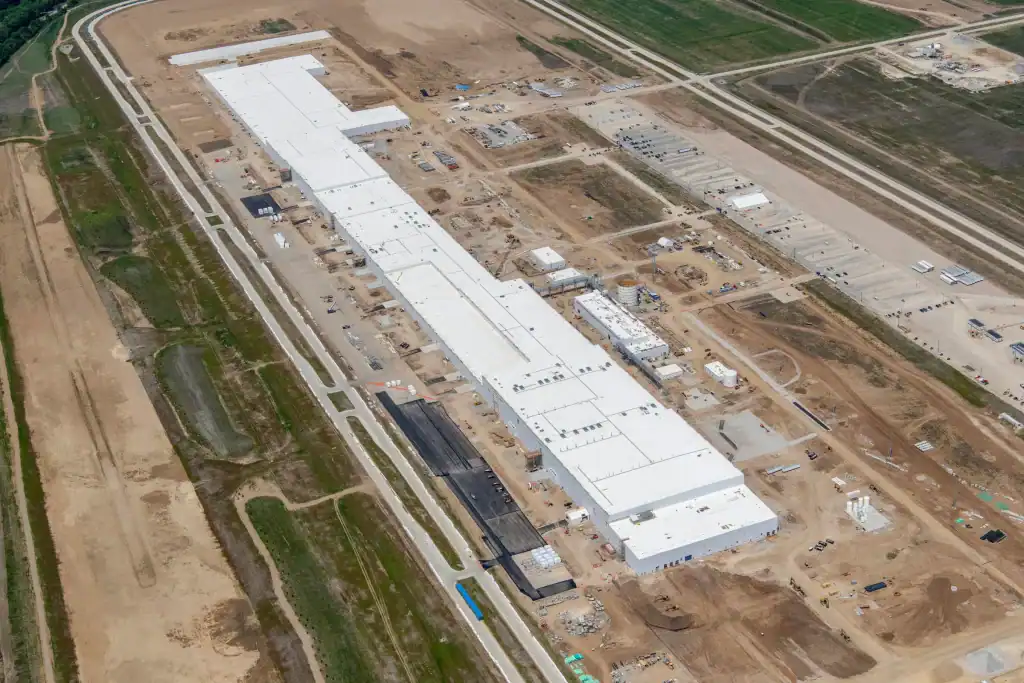
The facility — known as BlueOval Battery Park Michigan — is scheduled to open in 2026. When complete, it is expected to employ at least 1,700 workers and produce enough battery capacity to power roughly a quarter of a million electric vehicles annually. For Ford, the project represents more than just a factory. It’s a strategic commitment to American manufacturing, a hedge against volatile international supply chains, and a wager on technologies developed decades ago in U.S. labs but only recently revived for commercial use.
“It’s a full-circle moment,” said Lisa Drake, vice president of Ford’s EV industrialization efforts. “We’re building lithium iron phosphate batteries here at home, using American workers, for American-assembled vehicles.”
Yet the project has become entangled in a growing thicket of political and economic headwinds. Critics in Congress, particularly from the Republican Party, have zeroed in on Ford’s technology licensing agreement with CATL, a Chinese battery manufacturer. Although Ford will wholly own and operate the plant — and says no Chinese workers will be on-site — opponents argue that the arrangement provides an indirect opening for Chinese influence in American industry.
Those objections have already had an impact. Virginia, once considered a leading contender for the plant, withdrew from consideration under pressure from Governor Glenn Youngkin, who cited national security concerns. Ford ultimately chose Marshall, a town of fewer than 7,000 people, where the project has drawn both excitement and protest.
At the same time, new tariffs on imported battery materials and metals have complicated the factory’s financial outlook. Steel and aluminum costs have surged, and House Republicans have introduced legislation that would revoke key tax credits established under the Inflation Reduction Act — including incentives that underpin Ford’s investment. Company chair Bill Ford warned last month that such a move would “imperil” the project.
“We’re trying to plan on 10- and 15-year horizons,” he said at a recent conference in Michigan. “But the politics shift every two years.”
Still, the company appears undeterred. Construction is advancing, with clean-room environments and precision manufacturing lines already being assembled off-site. Ford has begun training workers to meet stringent requirements for battery-cell production, and local officials say the company has donated hundreds of thousands of dollars to schools, parks, and community organizations to help ease the transition.
Lithium iron phosphate chemistry offers a key advantage: lower cost. Unlike nickel- and cobalt-based batteries, LFP cells rely on more abundant materials, making them less vulnerable to price spikes and better suited to lower-priced vehicles. They also tend to be more stable, posing a lower fire risk — a critical selling point as battery safety comes under increasing scrutiny.
In Ford’s case, the batteries are expected to power a new line of mass-market electric vehicles aimed at customers who have balked at the $40,000-plus price tags that dominate the EV market. The company is also expected to use them in commercial vehicles and fleet products, where durability and cost take precedence over range.
Environmental groups have largely praised the initiative, pointing to the reduced reliance on overseas suppliers and the preservation of more than 240 acres of land near the plant for conservation. Still, some local residents have raised concerns about water use, air quality, and the pace of industrialization in what was once farmland.
For Ford, the stakes are high — and the timing delicate. The company is navigating a bumpy EV rollout marked by softening demand, rising costs, and fierce competition from both traditional rivals and new entrants. At the same time, it must balance investor pressure for profitability with the political imperatives of reshoring industrial capacity.
“This is a bet on American leadership,” Ms. Drake said. “We’re not waiting for someone else to solve the EV equation. We’re building the solution here, ourselves.”
Whether the factory ultimately delivers on that vision — or is derailed by global tensions and domestic partisanship — could help shape not only the future of Ford, but the trajectory of American manufacturing in the electric age.